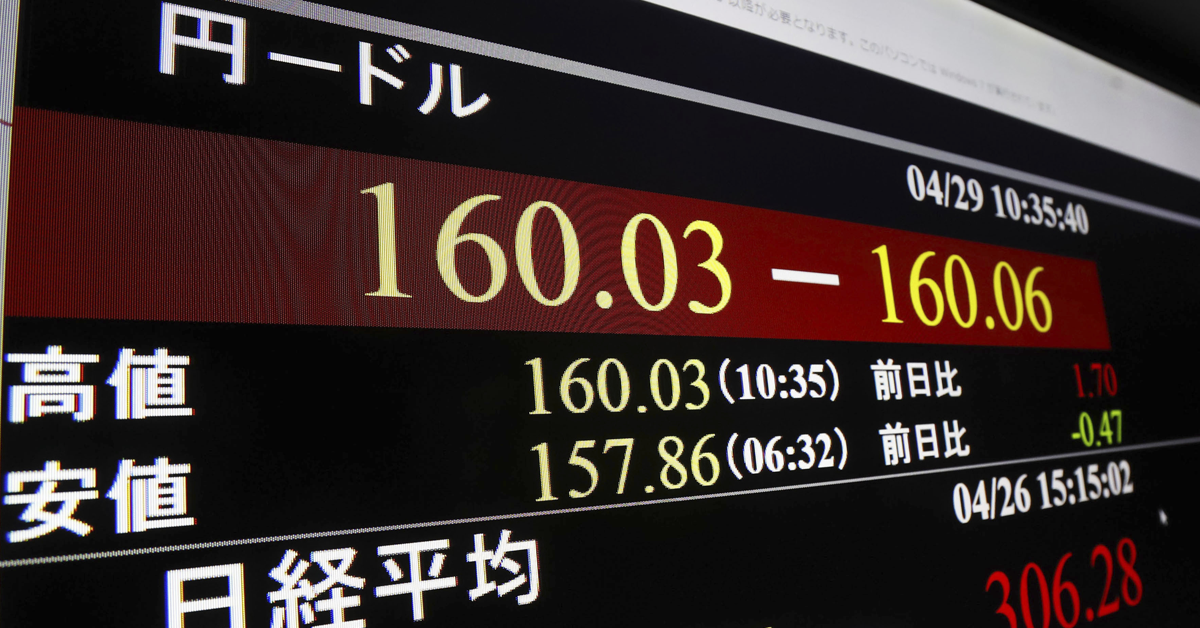Japanese Yen’s Downside Limited by Rising Producer Prices
The Japanese Yen (JPY) extended its losing streak for the fourth consecutive session on Wednesday, with the USD/JPY pair strengthening as investors favored the US Dollar (USD) ahead of the Federal Reserve’s (Fed) decision and the release of US inflation figures for May, scheduled for later in the North American trading hours.
The Japanese Yen might find some support from higher-than-expected Japanese Producer Price Index (PPI) data. The latest data revealed that producer prices surged by 2.4% year-on-year in May, surpassing market expectations of a 2.0% rise. This increase in producer prices has raised concerns about potential higher consumer inflation, which could influence future monetary policy decisions by the Bank of Japan (BoJ).
Despite the rise in producer prices, the BoJ is widely expected to maintain its current monetary policy stance unchanged on Friday. The divergence in interest rates between the US and Japan continues to undermine the Japanese Yen. The Fed’s tighter monetary policy contrasts sharply with the BoJ’s ongoing commitment to maintaining low-interest rates, creating a supportive environment for the USD/JPY pair.
The strength of the US Dollar is further bolstered by robust US economic data. The US Dollar Index (DXY), which measures the value of the USD against six major currencies, remains strong. Recent US jobs data for May showed significant employment gains, reducing the likelihood of a Fed rate cut in September. The CME FedWatch Tool indicates that the probability of a Fed rate cut in September by at least 25 basis points has decreased to 52%, down from 67% a week earlier.
Investors are now closely watching the upcoming US inflation data. A higher inflation reading could further diminish expectations for a Fed rate cut, potentially providing additional support for the USD. Conversely, if inflation data comes in lower than expected, it might renew market speculation about possible rate cuts later in the year, which could influence the USD/JPY pair.
In the meantime, the Japanese Yen’s downside might be limited by the unexpected rise in producer prices, which suggests underlying inflationary pressures in Japan. If these pressures translate into higher consumer prices, the BoJ may face increasing calls to adjust its ultra-loose monetary policy, which could lend support to the Yen.
Overall, the interplay between US monetary policy expectations and Japanese inflation data will be crucial in determining the direction of the USD/JPY pair in the near term. Investors will continue to monitor these factors closely, as any significant shifts could lead to notable movements in the currency markets.












